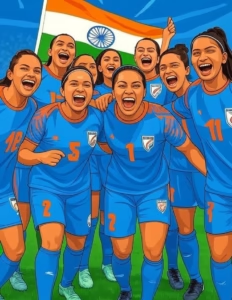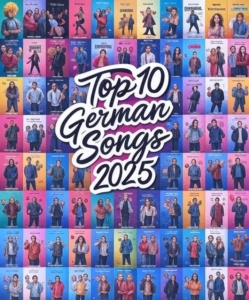Comprehensive Answer Set on “The Flower” – ICSE Class 9
- Comprehensive Question Set on “The Flower” – ICSE Class 9
- Explore an in-depth set of questions and answers on “The Flower” for ICSE Class 9, including true/false, multiple choice, short answer, long answer, and application-based queries.
True (T) or False (F) Answers
- True – Flowers can be categorized as complete or incomplete.
- False – A typical flower consists of four floral whorls, not six.
- True – Bracts are generally green but can sometimes be large and colorful.
- True – Nasturtium is known to have nectaries.
- True – Stamens and carpels are the male and female parts of a flower, respectively.
- True – The prefix “gamo-” signifies fusion within floral whorls.
- True – Stigma can be either simple or divided into multiple lobes.
- False – Papaya is a dioecious plant, not monoecious.
Multiple Choice Questions (MCQs) Answers
- D) Large colorful bracts
- D) All four whorls
- C) Ovary
- C) Ovule
- D) Androecium and Gynoecium
- B) Peduncle
- C) Stigma
- B) Tepals
- C) Polyandrous
- D) Hermaphrodite
Very Short Answer Questions
Match the Following
- Polyadelphous – (a) Stamens united in multiple bundles.
- Free petals – (b) Non-essential.
- Sweet fragrant fluid – (c) Nectar.
Name the Following
- Four whorls of a flower: Calyx, Corolla, Androecium, Gynoecium.
- Two types of unisexual flowers: Staminate, Pistillate.
- Two primary components of a stamen: Anther, Filament.
- Three main parts of a pistil: Stigma, Style, Ovary.
- Three types of stamens based on cohesion: Monadelphous, Diadelphous, Polyadelphous.
Provide Two Examples for Each
- Monoecious plants: Maize, Cucumber.
- Dioecious plants: Papaya, Date Palm.
- Imperfect flowers: Pumpkin, Corn.
- Bisexual flowers: Hibiscus, Rose.
Fill in the Blanks
- Thalamus
- Corolla
- Calyx
- Placenta
- Nectar
Short Answer Questions
- Definitions
- Flower: A reproductive structure in flowering plants.
- Inflorescence: The arrangement of flowers on a floral axis.
- Placentation: The arrangement of ovules within the ovary.
- Bract: A modified leaf associated with a flower.
- Epicalyx: A whorl of bracts resembling the calyx.
- Locations and Roles
- Placenta: Located inside the ovary; attaches ovules to the ovary wall.
- Thalamus: Base of the flower; holds all floral whorls.
- Anther: Part of stamen; produces pollen.
- Stigma: Part of pistil; receives pollen grains.
- Differences
- Flower vs. Inflorescence: A single reproductive unit vs. a group of flowers.
- Petals vs. Petaloid Tepals: True petals vs. tepals resembling petals.
Long Answer Questions
- Distinctions
- Monoecious vs. Dioecious: Both male and female flowers on the same plant vs. on separate plants.
- Perfect vs. Imperfect Flowers: Both reproductive organs present vs. only one.
- Unisexual vs. Bisexual Flowers: Either male or female organs vs. both.
- Polyandrous vs. Polyadelphous Stamens: Free stamens vs. stamens united into multiple bundles.
- Explanations
- Diadelphous Androecium in Pea: Stamens united into two bundles.
- Neuter Ray Flowers of Sunflower: Lack functional reproductive organs.
- Petaloid Sepals of Salvia: Sepals resembling petals in appearance.
- Bracts: Modified leaves associated with flowers, often protective or attractive to pollinators.
- Types of Stamens
- Monadelphous: Stamens united into a single bundle (e.g., Hibiscus).
- Diadelphous: Stamens united into two bundles (e.g., Pea).
- Polyadelphous: Stamens united into multiple bundles (e.g., Bombax).
Structured/Application Questions
- Labeling Flower Diagram: Identify and label the ten parts of a bisexual flower.
- Floral Part Analysis
- Major Organ: Figure A represents the androecium or gynoecium.
- Nature of Pollen Sacs: Male.
- Release Mechanism: Pollen sacs dehisce to release pollen.
- Types of Androecium
- Identify and give examples of each androecium type (Monadelphous, Diadelphous, Polyadelphous).
- Diagrams: Draw labeled diagrams for the male and female reproductive organs of a flower.
- Illustrations:
- Polysepalous Calyx
- Gamosepalous Calyx
- Polypetalous Corolla
- Gamopetalous Corolla
- Bracteate Flower






